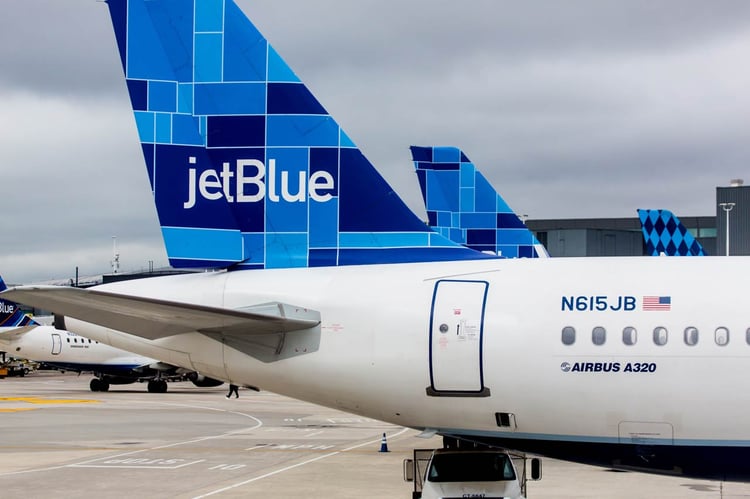JetBlue and The Storm: What We Can Learn From Their 2007 Crises

In this series of a blogs, we are re-examining ‘classic’ crisis case studies that pre-date the digital era to explore what we can learn from them.
The lessons are very different than have traditionally been taught to students of crisis management.
Nowadays social and digital media has transformed how a crisis unfolds. Many of the strategies and tactics of these golden oldies have been rendered redundant by the digital era.
In the first blog we focused on Tylenol in 1982. In the second, we returned to 2002 for the death of one of the world’s oldest and largest accounting firms, Arthur Andersen.
This week it’s 2007 and the JetBlue meltdown following a storm which forced 1000 flight cancellations in five days.
What happened?
In February 2007, JetBlue's operations collapsed after an ice storm hit the East Coast of the U.S., leading to 1,000 cancelled flights in just five days.
CEO David Neeleman never blamed the weather. He wrote a public letter of apology to JetBlue customers, introduced a customer's bill of rights, and presented a detailed list -- which included monetary compensation -- of what the company would do to help all the affected passengers.
JetBlue didn't dodge the backlash completely. Enraged passengers clogged airports for nearly a week.
However, JetBlue managed to quash much of the uproar by being as public and straightforward as possible.
CEO Neeleman went on YouTube, the Today Show, Letterman, and Anderson Cooper, not pleading his case, but apologizing for his company's faults.
Though there was much reputational damage done, JetBlue's comeback allowed it to regain some of its luster. For an airline that differentiates itself so heavily on customer service, it was crucial that they did.
How might it look different today?
However fast CEO Neeleman moved in 2007, he would have to be five times as fast in 2017.
Can you imagine the noise on social media from the passengers on those 1,000 cancelled flights?
Compare that to United’s experience when it forcibly removed Dr Dao from that flight at Chicago’s O’Hare airport in April. That happened on a Sunday and United was engulfed by the crisis by Monday.
Neeleman’s visibility was also heavy on traditional media outlets like Letterman and Anderson Cooper. They are still important – but less traditional channels have multiplied in number and influence over the past decade.
What’s the lesson?
What counted as a fast response ten years ago would be a disaster in 2017.
Every part of an organization’s crisis response planning, from the content of the plan, the protocols and procedures to how the plan is accessed and activated must deploy the best in digital technology – because that is what is driving the threats.









